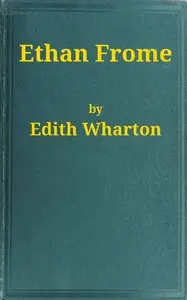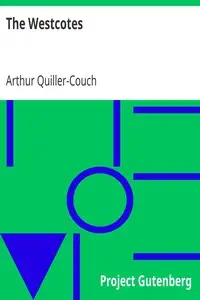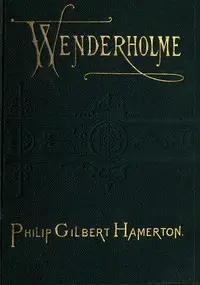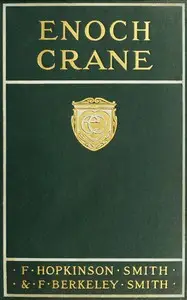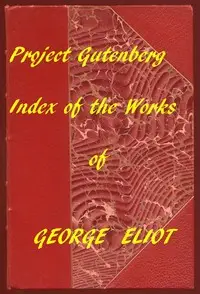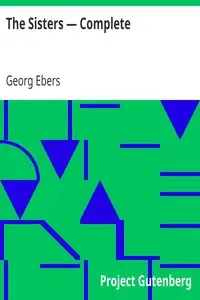"Adam Bede" by George Eliot is a book about life in a 19th-century village named Hayslope, where Adam Bede, a talented carpenter known for his strength and honesty, faces challenges involving love, family, and society. The story begins in Adam's workshop, depicting the friendly atmosphere of work and village living. Adam is shown as a well-regarded, honorable young man, while his brother Seth is introduced as a physically strong but more gentle person. The novel suggests family problems, such as Adam's issues with his father's drinking, plus his complicated feelings for Hetty Sorrel, setting the scene for upcoming struggles and drama. The early parts of the story create a vivid setting and reveal themes of hard work, social expectations, and personal battles.

Adam Bede
By George Eliot
In a 19th-century village, a respected carpenter's life is turned upside down by family problems and a complicated romance.
Summary
About the AuthorMary Ann Evans, known by her pen name George Eliot, was an English novelist, poet, journalist, translator, and one of the leading writers of the Victorian era. She wrote seven novels: Adam Bede (1859), The Mill on the Floss (1860), Silas Marner (1861), Romola (1862–1863), Felix Holt, the Radical (1866), Middlemarch (1871–1872) and Daniel Deronda (1876). As with Charles Dickens and Thomas Hardy, she emerged from provincial England; most of her works are set there. Her works are known for their realism, psychological insight, sense of place and detailed depiction of the countryside. Middlemarch was described by the novelist Virginia Woolf as "one of the few English novels written for grown-up people" and by Martin Amis and Julian Barnes as the greatest novel in the English language.
Mary Ann Evans, known by her pen name George Eliot, was an English novelist, poet, journalist, translator, and one of the leading writers of the Victorian era. She wrote seven novels: Adam Bede (1859), The Mill on the Floss (1860), Silas Marner (1861), Romola (1862–1863), Felix Holt, the Radical (1866), Middlemarch (1871–1872) and Daniel Deronda (1876). As with Charles Dickens and Thomas Hardy, she emerged from provincial England; most of her works are set there. Her works are known for their realism, psychological insight, sense of place and detailed depiction of the countryside. Middlemarch was described by the novelist Virginia Woolf as "one of the few English novels written for grown-up people" and by Martin Amis and Julian Barnes as the greatest novel in the English language.



